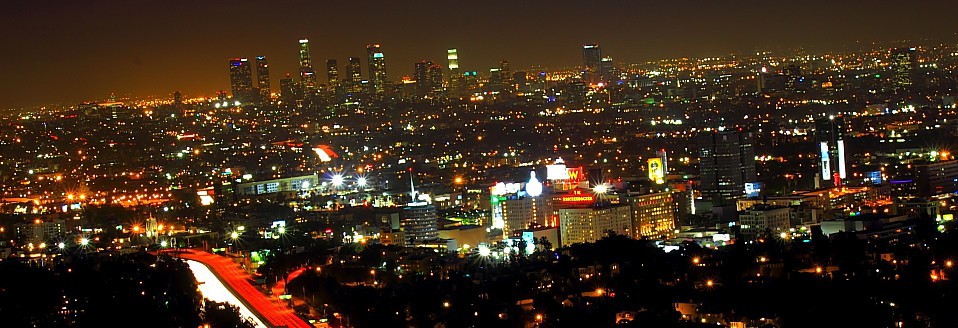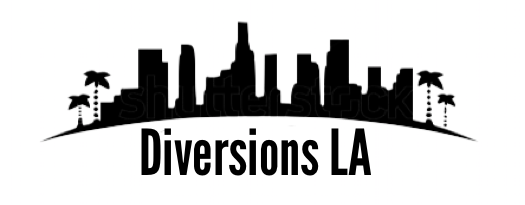Lock/Unlock Opens New Doors to Art at Loft At Liz’s by Genie Davis
LOCK/UNLOCK examines the past, present and future of security, privacy and protection through art and technology. Interactive, inventive installations and artwork cover the gamut from 19th century BC lock and key mechanisms to today’s present encryption and biometrics. Participating in the exhibition, a part of the Getty’s PST programming of art and science pairings, are artists, engineers, coders and historians, including: Krista Blake, Derek Curry, George Dyson, Liz Gordon, Jennifer Gradecki, Debby Kline, Larry Kline, Laure Michelon (Studio MMR), John Peralta, and Lena Alexandra Root.
As the exhibition’s curatorial notes state, the artists in this exhibition are posing questions such as: “Do we consider privacy a human right? What is the trade off between privacy and transparency? Are we afraid of technology or who controls it? Are we willing to change our digital behavior?” All intriguing questions and premises for art exploration, as is the notation that “the need for security systems remains resolute” in today’s world.
Along with new work by these artists, there are on exhibit historical wrist restraints; locks and dead bolts and keys, all displayed by gallerist Liz Gordon. The installation of antique keys is both beautiful and mysterious.
It’s exciting and innovative work, including many fascinating and viewer-involving, thought-provoking works such as Jennifer Gradecki and Derek Curry’s “Generative Persuasion,” an interactive installation with a mobile command center that reveals the startling effectiveness of live language models at generating false content – the world of disinformation we live in now come to demonstrable life. Those who participate can enter their or another’s bias in perception to generate completely different takes on “reality.”
Debbie and Larry Kline offer “Unlocking the Truth,” in which stone sulptures – granite and powdercoated stainless steel – are washed periodically in water to reveal the word “truth” only when the flow of water stops. The intentionally blurry carving increases the viewers focus and analytical capabilities, ably demonstrating an exploration in clarity and confusion. The thematic approach is inspired by a talk given by Thomas Albright at the Salk Institute for Biological Sutdies, discusing the brain’s inability to see accurately.
Even more visceral in terms of the Lock/Unlock subject matter is the Yale safe lock and bitcoin piece created by John A. Peralta, “How Safe,” which is both a visual game and an apt illustration of the illusion of security and the ability to “crack” it.
Lena Root’s “Men” takes a feminist viewpoint of technology and “locking” the truth, with images that depict chastity belts in front of a woman’s face.
Studio MMR has another immersive work in technolgy that interacts in words and image to one’s presence in the secondary, smaller space at the Loft, just off the main gallery – impressive and involving work. “Mediated Realities” provides sensory inputs to interactions with the viewer.
Krista Blake and George Dyson also present involving and thought-provoking work.
Art talk and closing reception are February 1, from 3-5 – time to unlock all the vicissitudes of the new year and uncover possible remedies with a visit to this exciting exhibition.
- Genie Davis; photos, Genie Davis




































































































